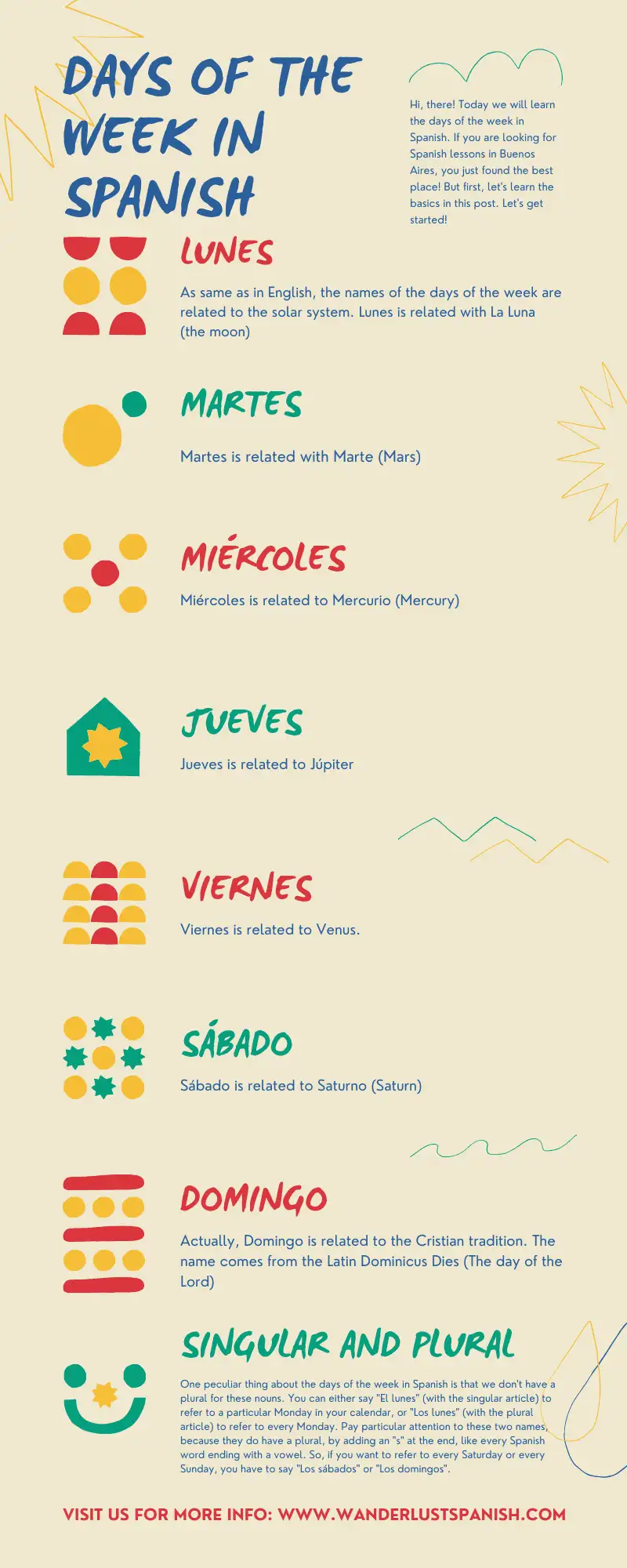How to learn the Spanish Subjunctive? When you first encounter the Spanish subjunctive, it can feel like its only purpose is to make Spanish harder.What’s the difference between comemos and comamos? Don’t they both mean “we eat”? Why does Spanish have two words where English has only one?It’s not just learners of Spanish who struggle here. The subjunctive – sometimes called the “conjunctive” – is found in many European languages – French, Portuguese, Italian, German, and even Welsh, to name just a few. English speakers often struggle to learn it.
The subjunctive is a mood, not a tense. It contrasts with the indicative mood, which is just a fancy word for the “normal” verb forms that are used much more often.All too frequently, the topic of the subjunctive is made far more difficult than is necessary. Let’s try a slightly different approach, with the goal of making this topic less troublesome.The subjunctive is not a tense; rather, it is a mood. Tense refers to when an action takes place (past, present, future), while mood merely reflects how the speaker feels about the action. The subjunctive mood is rarely used in English, but it is widely used in Spanish.
Here are some examples of the subjunctive being used in English to practice How to learn the Spanish subjunctive
The doctor recommends that he take the pills with food.
Subjunctive conjugation: he takeThe law requires that you be 18 years old to vote.
Subjunctive conjugation: you beIf I were a rich man, I wouldn’t have to work hard.
Subjunctive
Subjunctive conjugation: I were
I want John to go to the store.
(The clause “I want” tells us that the speaker feels that there is uncertainty as to whether John goes to the store.)
I hope that John goes to the store.
(The clause “I hope” tells us that the speaker feels that there is uncertainty as to whether John goes to the store.)
It is possible that John will go to the store.
(The clause “it is possible” tells us that the speaker feels that there is uncertainty as to whether John goes to the store.)
It’s good that John goes to the store.
(The clause “it’s good” alerts us that the speaker is about to express a subjective opinion.)
It’s important that John goes to the store.
(The clause “it’s important” alerts us that the speaker is about to express a subjective opinion.)
This is the fundamental difference between the indicative and the subjunctive.
Indicative verbs describe reality: actions, certainty, truth, the concrete.
Subjunctive verbs describe possibility: desires, doubts, wants, the ephemeral.
Now, by itself this doesn’t teach you everything you need to know. Some situations don’t neatly fit into either category. But grasping this “real” vs. “possible”” distinction is the key to a deep understanding of the subjunctive.
If you want to pratice more and continue knowing how to learn the Spanish subjuntive, you can do it in this page:









